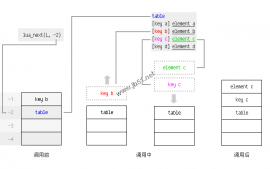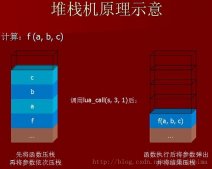Lua中字符串可以使用""或''声明,类似Javascript中的用法。
> ="sdfdsf"
sdfdsf
> ='sfdd'
sfdd
> ='abc"'
abc"
> ="abc'"
abc'
同Java、Python一样,Lua的字符串是不可修改的值,可以通过string.gsub函数来替换字符串中的子串:
> s = string.gsub('abc def', 'def', 'efg')
> =s
abc efg
另外,Lua的字符串和其他Lua对象(如table和函数等)一样,都是自动内存管理机制所管理的对象。Lua能够高效的处理长字符串,操作100K或者1M的字符串是常见的。
另外同Python一样,可以轻松使用块字符串:
page = [[
<html>
<h1>hello world</h1>
</html>
]]
Lua提供了运行时的数字与字符串的自动转换:
> ='10' + 1
11
> ='hello' + 1
stdin:1: attempt to perform arithmetic on a string value
stack traceback:
stdin:1: in main chunk
[C]: in ?
> ='10'*'2'
20
Lua不仅会在算术操作中执行这种强制转换,还会在其他任何需要数字的地方这么做。相反,如果Lua期望一个字符串,而得到一个数字时,会将数字转换为字符串。
> =10 .. 20
1020
在lua中..是字符串连接操作符;
但是不要依赖这种类型转换,10 == "10"为false,因为类型不同。
如果想把一个字符串转换为数字,可以使用tonumber,如果不能转换,返回nil;反过来,可以使用tostring将数字转换为字符串。
有趣的是:tostring(10) == "10", 10 .. "" == "10";
另外在Lua5.1中,可以使用#来获取字符串的长度
> =#"3223"
4
> a = "3224"
> =#a
4
另外需要注意的是,\0在Lua中含义不同于其他语言如C.
> ='abc\0abc'
abcabc
> =#'abc\0abc'
7









